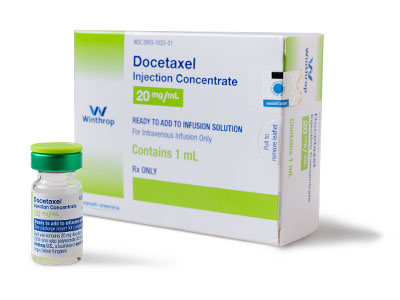 |
|
Taxanes, a drug class used in most forms of chemotherapy, has been shown to have a few specific adverse ocular effects. Click image to enlarge. |
A common class of drugs used in chemotherapy—the leading treatment for most types of cancer—is taxanes, typically docetaxel or paclitaxel. Of the millions of women diagnosed with breast cancer each year, 60% have invasive disease and require this form of treatment. Despite how frequently these drugs are used today, few studies have been done on the incidence of ocular adverse events in patients treated with taxane-based chemotherapy. To address this gap in research, the authors of a new study analyzed records from a US health claims database and found that these therapeutic agents may increase the risk of various ophthalmic conditions.
The researchers of the retrospective cohort study sorted through data from more than 150 million women in the database and identified a group of patients with cancer using taxane-based chemotherapy (docetaxel or paclitaxel). They identified a second group of female cancer patients as controls who were being treated with tamoxifen to compare the ocular adverse events between users of each drug class. The main outcomes were diagnoses of epiphora, cystoid macular edema (CME) or optic neuropathy.
The crude hazard ratio (HR) for epiphora was 5.55, and the adjusted HR was 5.15. For optic neuropathy, these ratios were 4.43 and 4.44. In the analysis on CME, 1.37 and 1.33.
“The incidence of epiphora among taxane users was 55.6/10,000 person-years vs. 7.9/10,000 person-years for tamoxifen users,” the researchers noted in their paper, recently published in JAMA Ophthalmology. Additionally, they reported that the incidence of optic neuropathy was much higher in patients using taxane agents. “The incidence of optic neuropathy for taxane users was 10.6/10,000 person-years and 1.2/10,000 person-years for tamoxifen users.”
Although the incidence of CME among taxane users was higher at 34.8/10,000 person-years vs. 16.8/10,000 person-years for tamoxifen users, the researchers pointed out that the data doesn’t provide sufficient evidence to conclude that taxanes elevate CME risk, but it does suggest the possibility. “The results were not precise, and 95% confidence intervals were wide, ranging from a 30% protective effect to a 153% increase in risk,” they explained in their paper.
They concluded from their analysis that using taxane chemotherapy agents may have an association with elevated risk for epiphora, CME and optic neuropathy. Continued research on ocular adverse events from taxane-based chemotherapy is necessary to inform ophthalmologists and oncologists of the potential risk to their patients, specifically in women with breast cancer treated with these drugs.
Sodhi M, Yeung SN, Marberley D, et al. Risk of ocular adverse events with taxane-based chemotherapy. JAMA Ophthalmol. August 11, 2022. [Epub ahead of print]. |


